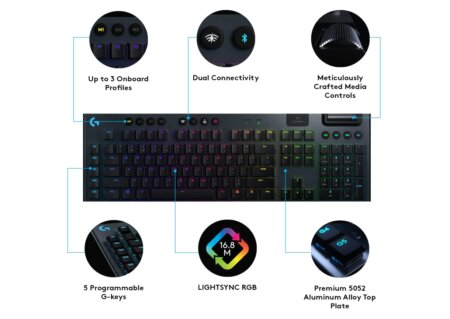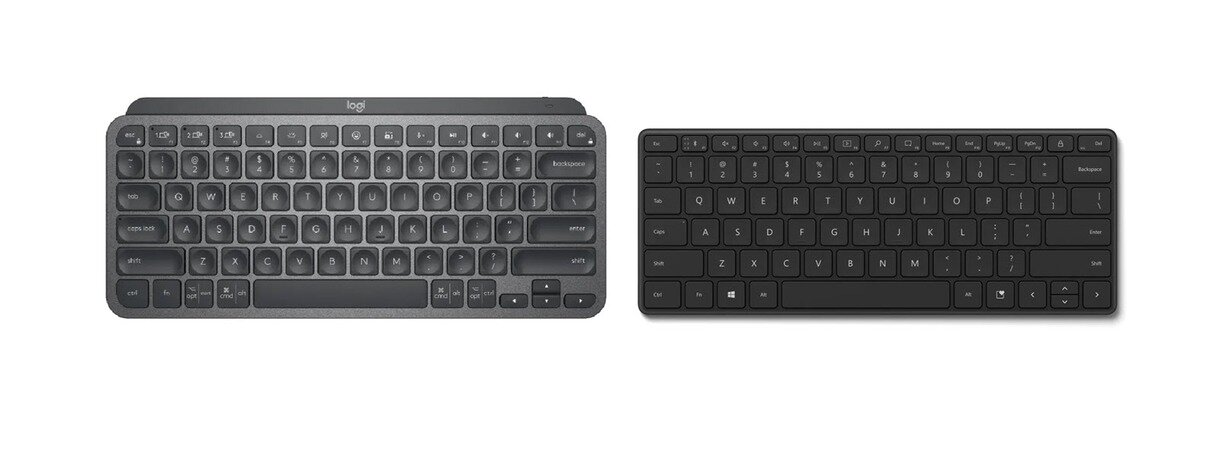There is a concern in the WordPress community about the classic editor’s end of life. According to the Plugin description back in 2021, it stated:
“Classic Editor is an official WordPress plugin, and will be fully supported and maintained until at least 2022, or as long as is necessary.”
When is the end-of-life date for Classic Editor?
We are now into 2022 and quickly checked the plugins under “View Details”. The information is now updated as follows:
“Classic Editor is an official WordPress plugin, and will be fully supported and maintained until 2024, or as long as is necessary.”
That was a relief for us as we love the Classic editor so much that it should co-exist with the Gutenberg block editor forever. However, we also found out that Automattic has not updated the Advanced Editor Tool (TinyMCE) plugin for two years for the past two years.
Since Matt Mullenweg founded WordPress.com and Automattic, so TinyMCE plugin has been maintained by the same people running WordPress.com. By the way, Matt Mullenweg was also one of the two original co-founders of WordPress.org. The other co-founder is Mike Little.
Our Reasons to Use Classic Editor or Not to Use Gutenberg block editor
We will beef up this section in due course, but for now, these are my reasons:
- The classic editor has the same familiar toolbar interface as almost all desktop software editors we still use today, such as Microsoft Word, Excel, Powerpoint, Outlook, etc.
- It is easier to customize the tables in Classic Editor, such as changing the colors of rows or columns, adding CSS, etc.
- We believe there is a learning curve to mastering the Gutenberg block editor. However, why do I need to waste that time when Classic provided whatever I needed without any learning curve?
- We want to focus on writing the content, and the tool needs to be simple and not get in the way of productivity. No bells and whistles are needed for a backend editor.
Why call it a “Classic” Editor
The word “Classic” seems to mean that the editor is outdated and old-fashioned. Perhaps it is a hint that the editor has become useless, which we know is not the case. Many WordPress editors still rely on the Classic Editor and will be lost without it.
We opine that the “Classic Editor” should be called the “Standard Editor,” and more development work should be done to improve and upgrade the toolbar interface with more features for each WordPress release. After all, the editor is the primary tool in WordPress where we write and deliver content.
Wishlist for Classic Editor Design
Our wishlist is to improve the “Table” function in the classic editor (under Advanced Editor Tools, a.k.a. TinyMCE)
Every editor knows that our blog posts need to be responsive. However, the standard tables created by the classic editor are not responsive. The solution is to insert a CSS code and change the table style to responsive. We must enter Text mode and find the “table” HTML to insert the CSS code. This can be a slow process for a long article.
Our proposed solution is to add a box in the Table function to enter the CSS class.
Conclusion
We will continue to monitor the Classic Editor status at the end of 2024. WordPress should rename the Classic Editor to “Standard Editor” and cancel any plans for the end of life.
Read also:
How to get 100% score for PageSpeed insights using free plugins






